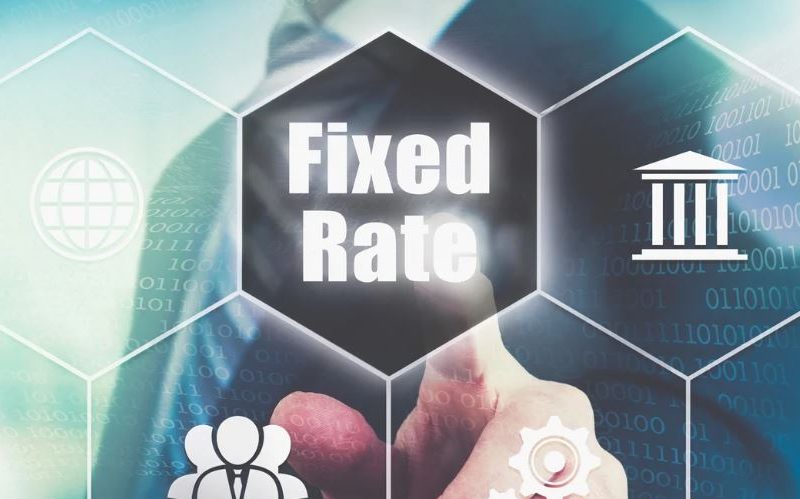We know that saving can feel boring, but watching your money grow without fuss is a lovely experience. We also know you want clear choices and real outcomes. That’s why we examine returns, lock-in periods, and risk in a straightforward manner.
In this guide, we explain how fixed ISAs work, why they might suit your goals, and what small details can cost you hundreds of pounds over time.
Why Fixed ISAs Are Best for Savings?

From the start, we compare the best fixed ISA rates, so you don’t have to search through confusing tables or fine print. We’ll show you practical steps to compare offers, spot hidden fees, and make an informed decision.
Think of this as a brief, honest conversation with someone who has handled the numbers and paperwork. We keep the jargon out.
We focus on what you can do today, what to watch for next month, and how to avoid the most common mistakes savers make. By the end, you’ll have a clear shortlist and a realistic next step that aligns with your life and plans.
How To Compare Fixed ISA Rates?
You want returns and low fuss. Start by lining up only fixed ISAs that match your preferred term. Consider the headline rate, but also verify whether interest is paid monthly, annually, or at maturity.
Consider whether the account allows partial withdrawals. Ask if the provider treats interest as gross or tax-free inside the ISA wrapper. Read small print for early access penalties, these often wipe out gains.
Think about the provider’s reputation and customer service. Don’t chase the highest rate if the account has complex terms and conditions. Match the term to a real plan: short-term for near-future purchases, longer-term for peace of mind.
- Note the fixed term and maturity date.
- Check interest payment frequency.
- Confirm withdrawal rules and penalties.
What to Watch for When Choosing a Fixed ISA?
The most significant headline number might tempt you. Pause. Ask whether that rate is introductory or fixed for the whole term. Check if there’s a minimum or maximum deposit. Some fixed-rate ISAs require a lump sum payment upfront; others allow you to add cash later.
If you want access, pick a flexible or notice product instead. Pay attention to how interest is calculated, the difference between daily and monthly matters.
Also, check whether the Financial Services Compensation Scheme covers the account. That gives peace of mind if a firm runs into trouble. Finally, compare similar-term accounts rather than mixing apples and pears.
- Confirm whether the rate is fixed or a limited-time offer.
- Check deposit limits and top-up rules.
- Verify FSCS protection.
Why Locking in a Fixed Rate Might Be Right for You?

Locking in a rate can be smart when you expect rates to fall or when you need calm and certainty. If you have a clear plan, such as a deposit for a home or a year-long project, a fixed ISA removes the guesswork.
It shields you from market fluctuations and the temptation to move funds into riskier investments. Fixed ISAs are low effort: set, forget, and collect interest.
They are less flexible, though, so be sure to match your savings horizon to the term. If inflation rises quickly, fixed returns may seem low in absolute terms, but the tax-free wrapper still provides benefits. Overall, use fixed ISAs for goals with firm dates and avoid them when you need instant access.
- Use fixed ISAs for money with a set end date.
- Avoid if you need frequent access.
- Think about inflation and real returns.
How To Decide Which Fixed ISA Term Suits You?
Choosing the term is practical, not glamorous. Ask yourself: when will I need this cash? If the answer is within a year, pick a one-year fixed ISA. For a house deposit in three years, select a three-year product.
Balance higher rates against being locked in. Short-term tends to be lower, long-term often pays more. Calculate the effective return after accounting for any early withdrawal charges.
Use simple sums: compare net interest across terms for the same lump sum. If you’re unsure, stagger terms across two or three accounts. That gives both access and better average rates.
- Match the term to a real spending date.
- Calculate net gain after penalties.
- Consider laddering multiple terms.
How Can We Help You Decide Next?
We’ve walked through the main steps and kept it plain. We know the math’s, and we care about getting your money to work sensibly. If you want a quick plan, select one term that matches your timeline, note the withdrawal rules, and avoid any products that hide fees.
We’ll continue to explore better options and provide straightforward updates as market conditions change. Ready to act? Start with a shortlist of two or three fixed-rate ISAs that fit your needs, then choose the clearest provider.
We’re here to help you compare, make informed decisions, and move forward with confidence. Take one small step today, pick a term and set aside the deposit you can commit to.









